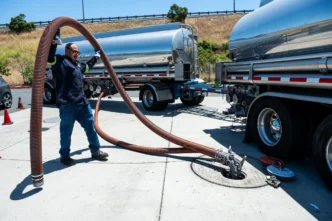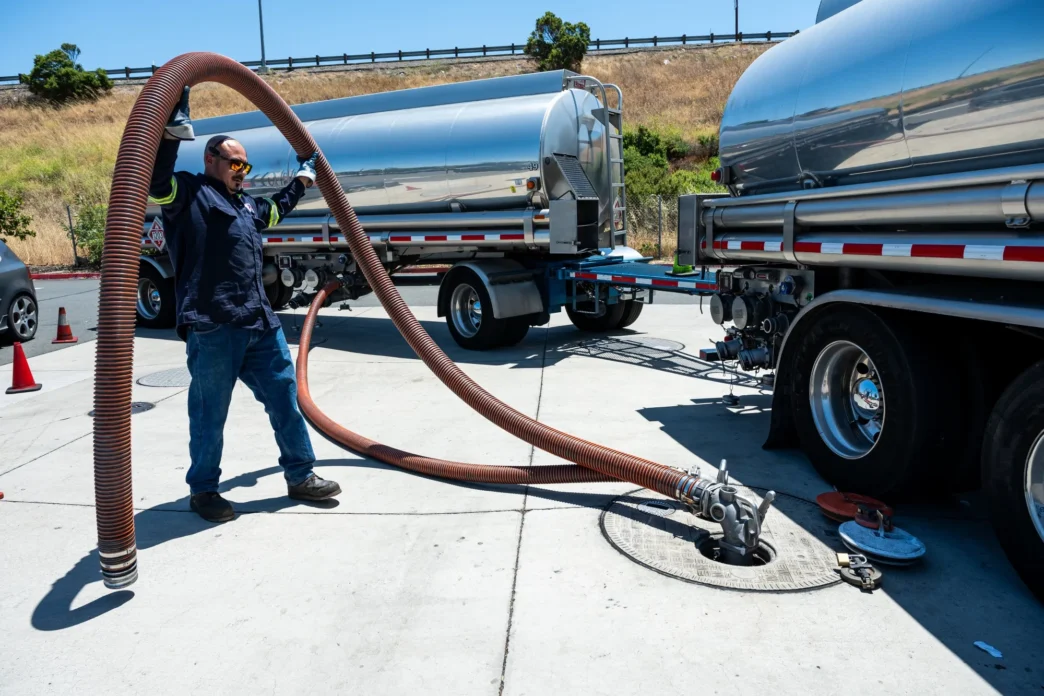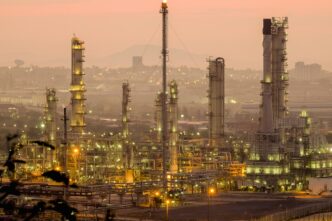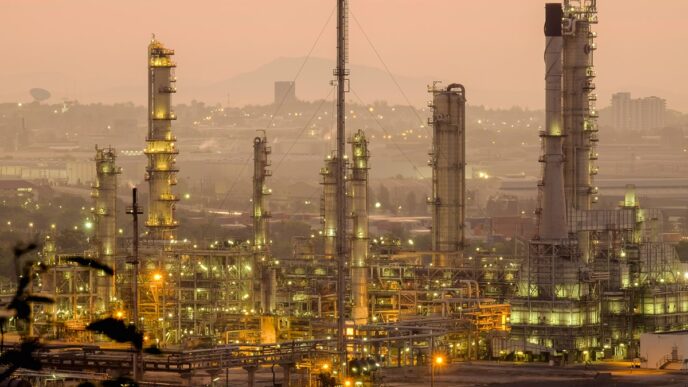In a striking shift from previous expectations, the International Energy Agency (IEA) now projects that global oil consumption could continue to rise through 2050 if current policies remain unchanged. The new outlook challenges long-held assumptions that the world was on the verge of “peak oil demand” and suggests that fossil fuels will remain central to the global energy system for decades to come.
1. The IEA’s New Outlook
In its latest assessment, the IEA states that under the “current policies” scenario—meaning no new significant climate measures beyond those already in place—global oil demand could reach around 113 million barrels per day by 2050. This would represent a modest but sustained increase from current levels.
Earlier IEA projections had anticipated that oil use would peak sometime in the 2020s and begin to decline thereafter. The new outlook signals a recognition that global energy transitions are unfolding more slowly than anticipated, and that oil will likely remain a dominant fuel in transportation, industry, and petrochemicals well into mid-century.
The IEA emphasizes that this scenario is not its “net-zero pathway.” Rather, it is a projection of what happens if governments continue on their current trajectory—one that falls far short of the emissions reductions needed to limit global warming to 1.5°C.
2. Why This Matters
a) Climate Implications
If oil consumption continues to rise through 2050, the world’s ability to meet international climate goals will be severely undermined. Increased use of oil means higher carbon emissions unless offset by large-scale carbon capture, renewable energy expansion, or reduced energy intensity.
The gap between climate pledges and actual policy implementation is already significant. This new projection highlights that the pace of decarbonization is far too slow to realign with Paris Agreement targets.
b) Market and Investment Consequences
Sustained oil demand would reshape investment priorities. Energy companies may continue to allocate capital toward exploration, production, and refining, anticipating decades of profitability. Conversely, renewable energy developers could face more competition for financing as investors see longer-term value in fossil assets.
Oil-exporting nations may also feel emboldened to maintain or expand output, influencing both global prices and geopolitical dynamics.
c) Energy Security and Geopolitics
A world that remains dependent on oil until 2050 would continue to face familiar vulnerabilities: price volatility, supply disruptions, and geopolitical competition over resources. Major producers—especially in the Middle East, the United States, and parts of Africa—would retain significant influence over global energy security and economic stability.
3. Why the IEA’s View Changed
Several key developments explain why the IEA now foresees prolonged growth in oil demand:
- Slow Technological Transition: The adoption of electric vehicles, hydrogen, and alternative fuels is advancing, but not rapidly enough to displace oil at scale. Many emerging markets still rely on internal combustion engines and lack the infrastructure for clean technologies.
- Policy Gaps: Many governments have announced ambitious climate goals but have not fully implemented enforceable measures to achieve them. The result is a wide gap between pledges and practice.
- Rising Demand from Emerging Economies: As developing nations expand their transport systems, industrial bases, and urban infrastructure, oil consumption in those regions continues to climb.
- Revised Scenario Methodology: The IEA has become clearer about distinguishing between “policy-based” and “aspirational” scenarios, leading to more conservative assumptions about global transition speeds.
4. Key Numbers and Projections
- Global oil demand could reach approximately 113 million barrels per day by 2050, up from around 100 million barrels today.
- This represents an increase of about 13%—a slower rate of growth than in past decades, but significant given the expectation of a decline.
- The “current policies” trajectory assumes no major new regulations or technologies that dramatically reduce oil use.
- In contrast, the IEA’s “net-zero” pathway would require oil consumption to fall by more than 75% by mid-century—a scenario now considered increasingly unlikely under present conditions.
5. Sectoral Impacts
Transportation and Mobility
The transport sector remains the largest consumer of oil. While electric vehicles are gaining market share, their growth has not yet offset rising demand for fuel in aviation, shipping, and heavy-duty road transport. The persistence of conventional vehicles in developing markets will continue to anchor oil demand for decades.
Petrochemicals and Industry
Petrochemical production—used in plastics, fertilizers, and industrial materials—is expected to be a major source of future oil demand. Even as fuel use in cars may plateau, industrial and chemical uses are projected to expand, especially in Asia and the Middle East.
Power Generation and Heating
Although many advanced economies have largely phased oil out of electricity generation, some regions still depend on it for backup power or heating. Rising consumption in these areas contributes to the overall growth trend.
Investment and Finance
If oil use remains robust, financial markets could revalue fossil fuel assets, rewarding companies with stable or expanding production. However, this also raises the long-term risk of stranded assets if policies later tighten or technologies advance faster than expected.
6. Risks and Alternative Scenarios
The IEA stresses that its outlook is not destiny—it is a scenario based on present trends. The future could unfold differently if key factors shift:
- Accelerated Climate Action: Stronger policies, higher carbon prices, and rapid renewable deployment could cause oil demand to peak sooner and decline faster.
- Technological Breakthroughs: Cheaper batteries, green hydrogen, or new mobility models could disrupt oil’s dominance.
- Economic or Behavioral Changes: Shifts toward remote work, public transit, or resource efficiency could dampen oil demand growth.
- Geopolitical or Supply Constraints: Political instability or resource depletion might reduce production capacity, leading to earlier declines.
7. What This Means for the World
For Governments
Policymakers face a dual challenge: managing short-term energy needs while accelerating long-term decarbonization. The IEA’s warning underscores the urgency of implementing binding policies—such as carbon pricing, fuel economy standards, and clean energy mandates—rather than relying on voluntary pledges.
For the Energy Industry
Oil companies now face a paradox: sustained demand in the near term but long-term uncertainty over regulatory and environmental pressures. Balancing investment in traditional operations with diversification into renewables and low-carbon technologies will be critical.
For Society and the Climate
If oil consumption continues to climb, the world risks locking in high emissions and greater climate impacts. The longer dependence persists, the steeper the eventual transition will need to be—and the higher the economic and social costs.
8. European and Nordic Context
In Europe, strong policy frameworks have driven faster adoption of renewables and electric vehicles. However, global trends still affect regional energy prices and supply security. For Nordic countries such as Finland, sustained global oil demand means continued exposure to oil price volatility, even as domestic energy systems shift toward electrification and bio-based fuels.
The challenge for Europe will be to maintain its climate leadership while adapting to a global market that may remain oil-dependent for much longer than expected.
9. Conclusion
The IEA’s new message is clear: without stronger action, the world’s oil consumption may keep growing until 2050. This projection shatters the notion that “peak oil demand” is imminent and highlights the disconnect between climate ambition and reality.
It is both a warning and a call to action. If the world wants to achieve net-zero emissions and a stable climate, policymakers, businesses, and consumers must accelerate the energy transition—before the window for meaningful change closes.














